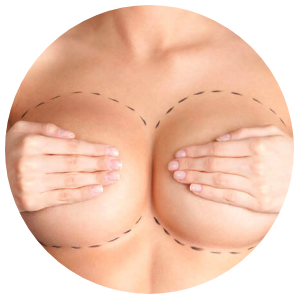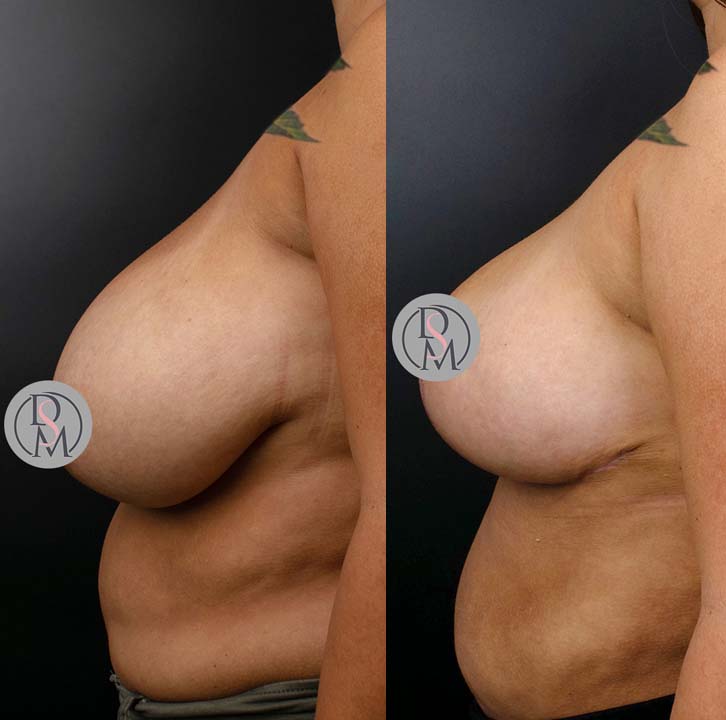
Breast Reduction Procedure
A SMALLER AESTHETICALLY PLEASING SHAPE
The satisfaction rate following breast reduction surgery is exceptionally high. Patients uniformly describe their more manageable, perky breasts as life changing and wish they had undergone surgery sooner. Activities become easier, discomfort disappears, and clothing is more complementary with a smaller, more aesthetically pleasing shape.
Reduction Methods
Contouring the breast into a smaller more aesthetically pleasing shape.
What to Expect
All procedures are done in a balanced and natural esthetic.
Consultation
During the in-depth consultation we will thoroughly review your goals and expectations. Patients are encouraged to bring photographs of several breast results that best represent their desired look. These will not only help me understand the result you have imagined but also shape our discussion on how your goals will be achieved.
Surgery
Surgery is performed at an accredited surgery center in Newport Beach, California, USA and typically lasts 3-5 hours depending on the degree of shaping required to achieve your desired look. Under the care of a Board Certified Anesthesiologist, general anesthesia (fully asleep) is used to ensure maximal comfort and safety.
The “Lollipop” and “Anchor” incisions used in a breast reduction tailor the skin in a way that aesthetically augments the reshaped underlying breast tissue. Care is taken to place the incisions in existing creases so as to minimize the visibility of scarring.
Recovery
Patients are discharged home the same day and generally experience very minimal discomfort, often returning to work the week following surgery. I ask my patients to gradually resume their exercise regimen over 3-4 weeks following the procedure in order to ensure optimal healing. I ask that my patients wear a supportive bra without underwire for 6 weeks following surgery.
Results
The results are expected to be long lasting provided patients maintain an active lifestyle and avoid significant change in natural breast volume (i.e. substantial weight change and pregnancy). Skin gradually loses its innate elasticity as we age, which unavoidably compromises the robustness of the result in time. As such, patients may desire additional revisionary procedures to re-elevate and tighten the breasts.
FAQs
Request a Consultation
BREAST REDUCTION SURGERY
Receive an in-depth consultation where we will thoroughly review your goals to personalize a plan focused on a natural and aesthetic result. Dr. Donald S. Mowlds, MD is located in beautiful Newport Beach, CA but is also available via a virtual consultation for out-of-town patients.
Breast Procedures
All procedures are done in a balanced and natural esthetic.






